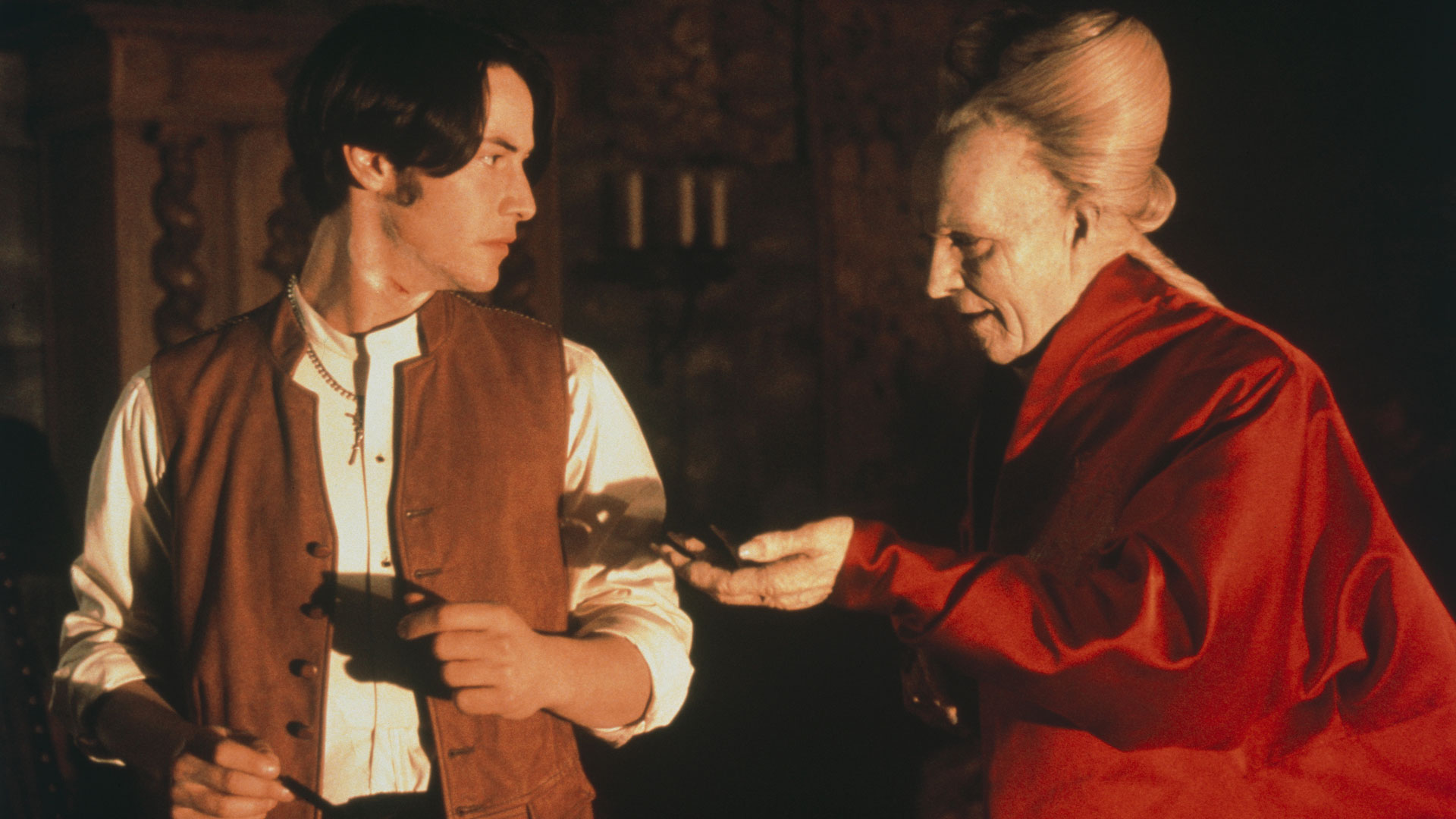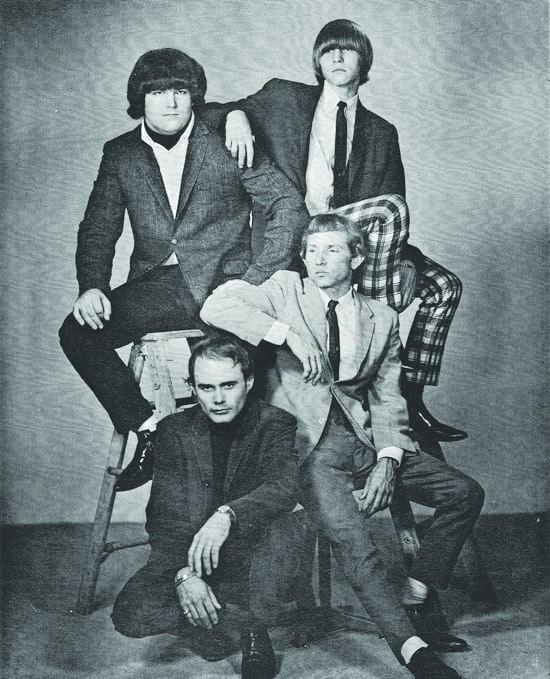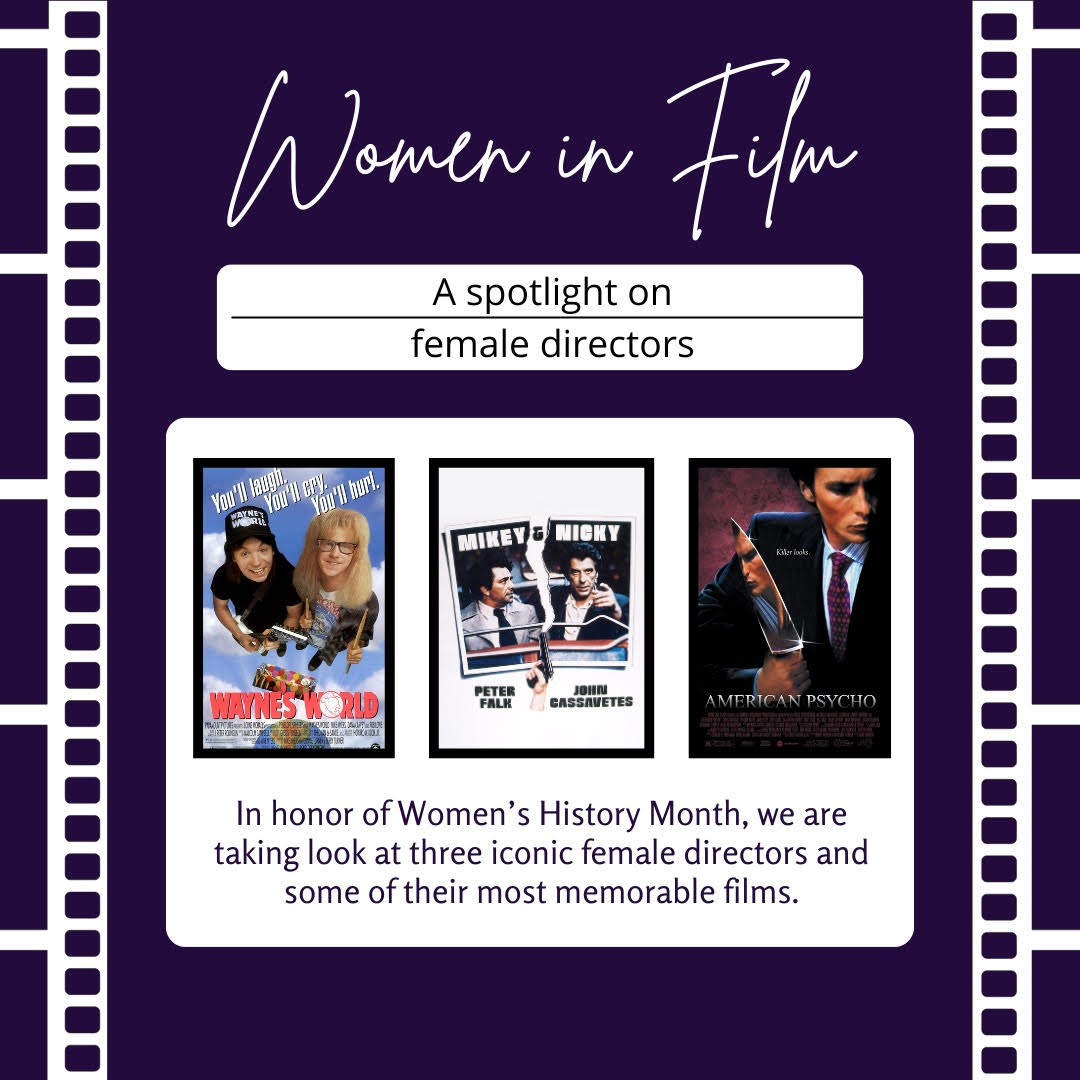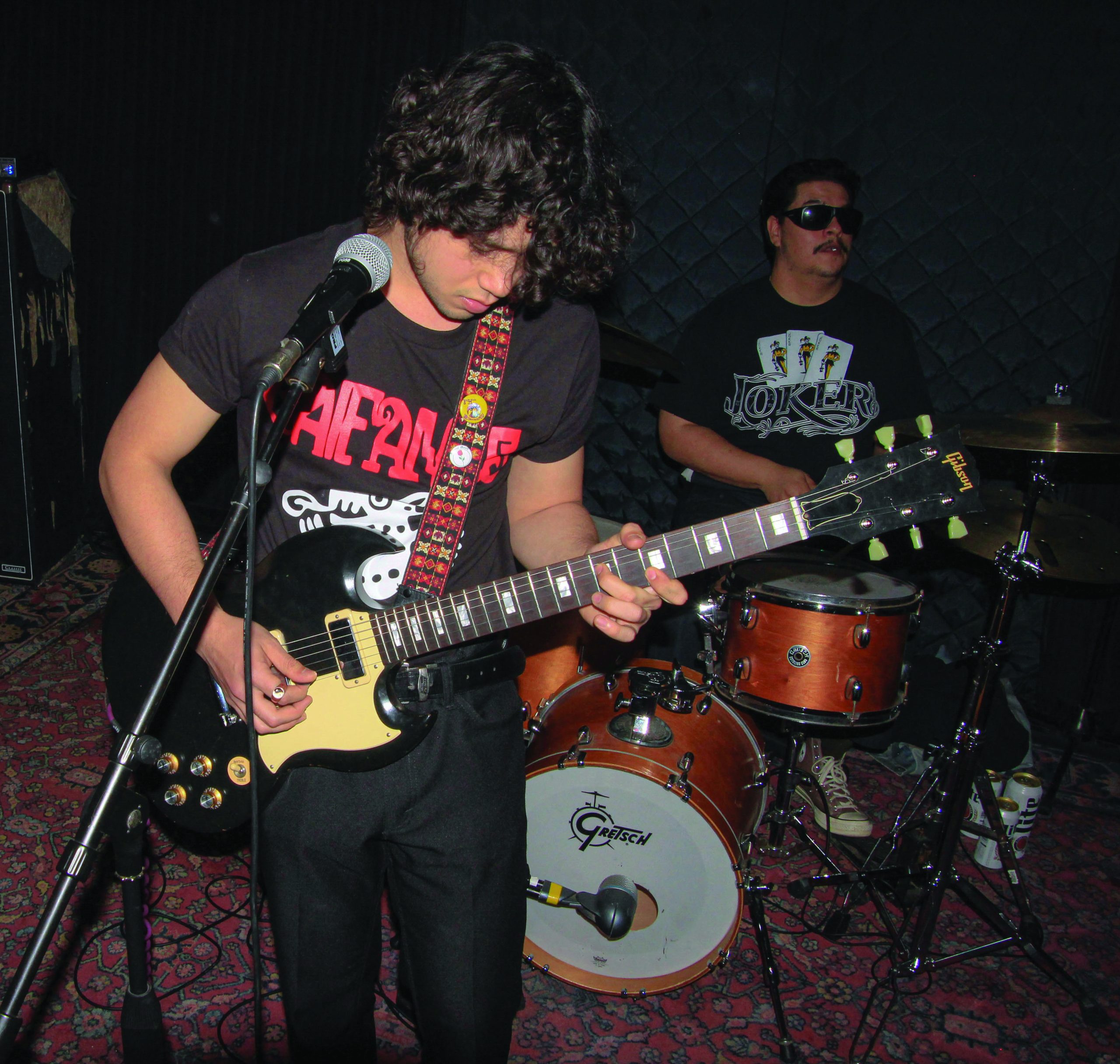Movies adapted from novels Pantoja covers in class
Veronica Pantoja has been teaching at Del Mar College since 2009 and has offered what I consider to be one of the most enjoyable classes on campus. A lifelong horror movie enthusiast, her passion for the genre is shared with students in her English 1302 class-Vampires, Monsters and Madmen.
Her experience teaching this class goes back 17 years to when she taught at Chandler-Gilbert Community College in Arizona. This class examines the foundational texts that have inspired countless years of film adaptations.
With Halloween right around the corner, I decided to reach out to Pantoja to ask about some of her favorite films that were adapted from the novels she covered in class.
DRACULA (1897, BY BRAM STOKER)
This turn-of-the-century novel is the first work covered in class and examines cultural fears of the time. Here are some depictions of the infamous vampire dating back to the 1930s to present day:
— The Universal Pictures classic, “Dracula” (1931), directed by Tod Browning and starring the inimitable Bela Lugosi as the title character and Dwight Frye, who plays the perfect Renfield. It doesn’t really follow the novel, and some parts are inspired by the plagiarized “Nosferatu” (1922), directed by F. W. Murnau, but it sets the tone for all future films inspired by “Dracula.”
— Francis Ford Coppola’s “Bram Stoker’s Dracula” (1992). Again, despite not really following the novel, the film includes Gary Oldman’s impressive portrayal of Count Dracula, and the set design and musical score are beautiful.
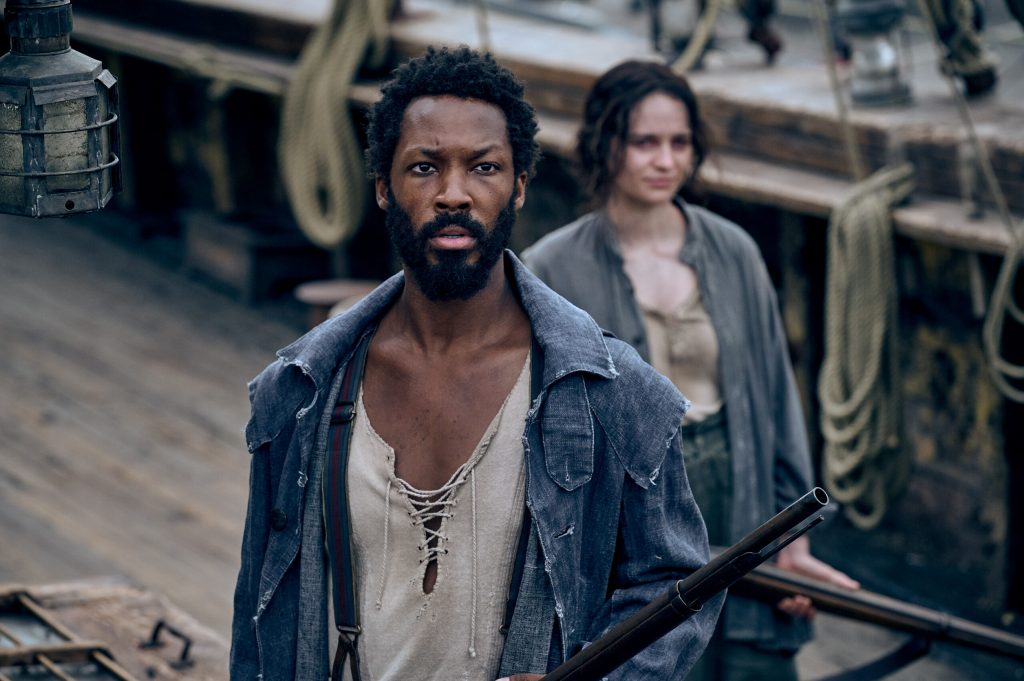
— 2023’s “Last Voyage of the Demeter” has been on my wish list for more than a decade; André Øvredal’s finally brought it to life, and while it captures only a small part of the novel, the film’s depiction of Dracula’s journey to London is harrowing, dark, and bloody!
— Honorable Mention: “30 Days of Night” (David Slade, 2007). This film, based on a graphic novel by Steve Niles, places vampires in the polar night in Barrow, Alaska, where the sun won’t appear for 30 days; the citizens in the town have no defense against the bloodthirsty vampires that speak in a terrifying language all their own. This film also includes a fascinating interpretation of a Renfield character.
FRANKENSTEIN (1818, MARY SHELLEY)
This novel is my personal favorite of the three. It brings about timeless questions about faith and mankind’s existence. Here you’ll find some diverse takes on this classic tale:
— The Universal Pictures film “Frankenstein” (1931), directed by James Whale, includes Boris Karloff as the lumbering created life with bolts in his neck, Colin Clive as Henry Frankenstein, and once again, Dwight Frye, playing a demented assistant Fritz. Though it doesn’t follow the novel very closely, it’s an inspired depiction of a mad scientist attempting to recreate life.
— 1994’s “Mary Shelley’s Frankenstein,” directed by Kenneth Branagh, who also plays the mad scientist, Victor Frankenstein. Though perhaps a bit tacky, the film is an overenthusiastic but tone-accurate celebration of the overwrought emotion in the source material.
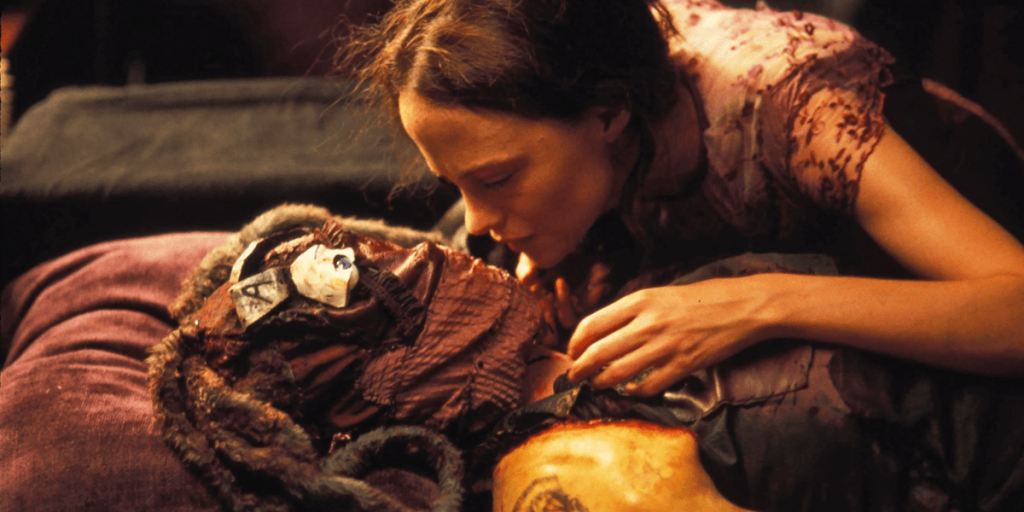
— 2023’s “The Angry Black Girl and Her Monster” thoughtfully brings the novel to the 20th century with modern takes on the Monster’s birth and the “mad scientist’s” rationale for recreating life. It’s written, directed, and produced by Bomani J. Story.
— Honorable Mention: woefully under-seen “May” (2002), directed by Lucky McKee and starring Angela Bettis as May, who, after being neglected by her so-called friends, decides to make one of her own — of course, to tragic outcomes.
STRANGE CASE OF DR. JEKYLL AND MR. HYDE (1886, ROBERT LOUIS STEVENSON)
This is the shortest novel of the three but is the one most often open to interpretation. Here are some films that you may not have realized tackle the themes of duality first explored in this story:
— 1931’s pre-code “Dr. Jekyll and Mr. Hyde,” directed by Rouben Mamoulian, includes an amazing Oscar-winning performance by Fredric March whose transformation is made possible by spectacular special effects for the time period.
— “Fight Club,” directed by David Fincher and released in 1999, is a modern-day Dr. Jekyll and Mr. Hyde story with a stunning twist that I did not see coming when I watched it in the theater. Based on a novel by Chuck Palahniuk, it explores violence, masculinity, reality, and the effects of consumer culture.
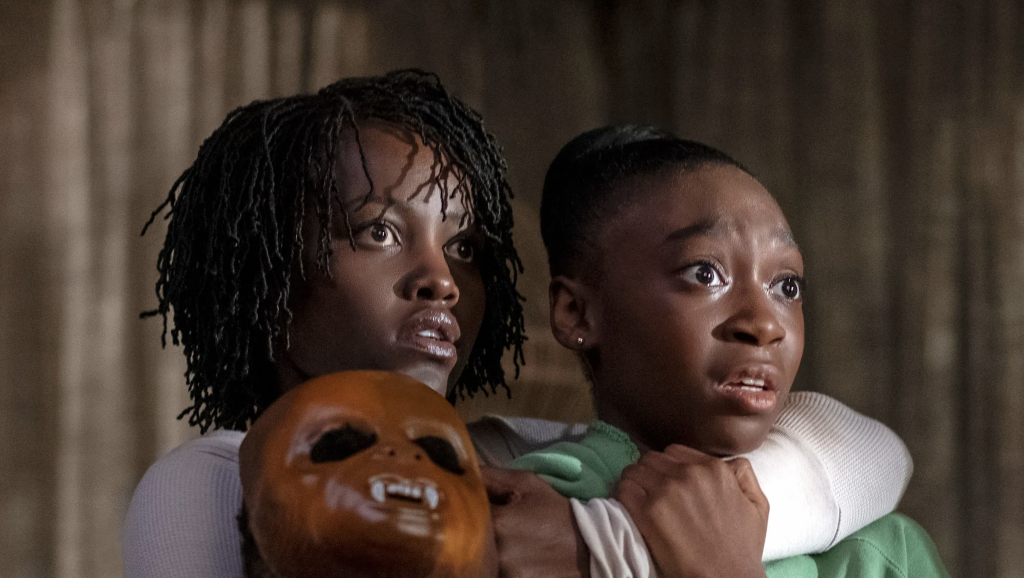
— 2019’s “Us,” written and directed by Jordan Peele, explores the ideas of the “other” and of duality with Lupita Nyong’o, Winston Duke, and others playing dual roles to explore the darkness of American life.
— Honorable Mention: “The Purge: Anarchy” (2014), written and directed by James DeMonaco, is the sequel to “The Purge” (2013); while the first film sets up the future America where all crime is legal annually for a 12-hour period, the sequel more clearly highlights the disparity among certain social groups in America and what people can or want to do when they don’t have to suffer the consequences of their actions.


